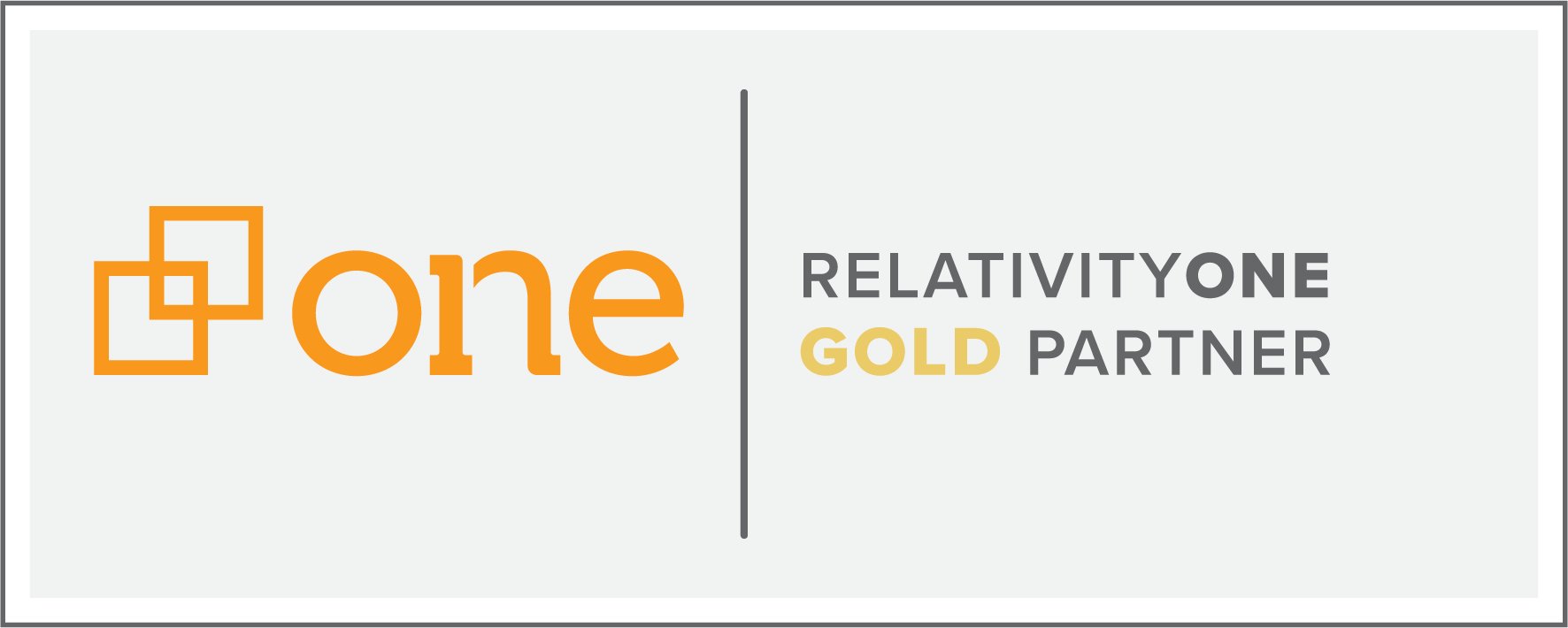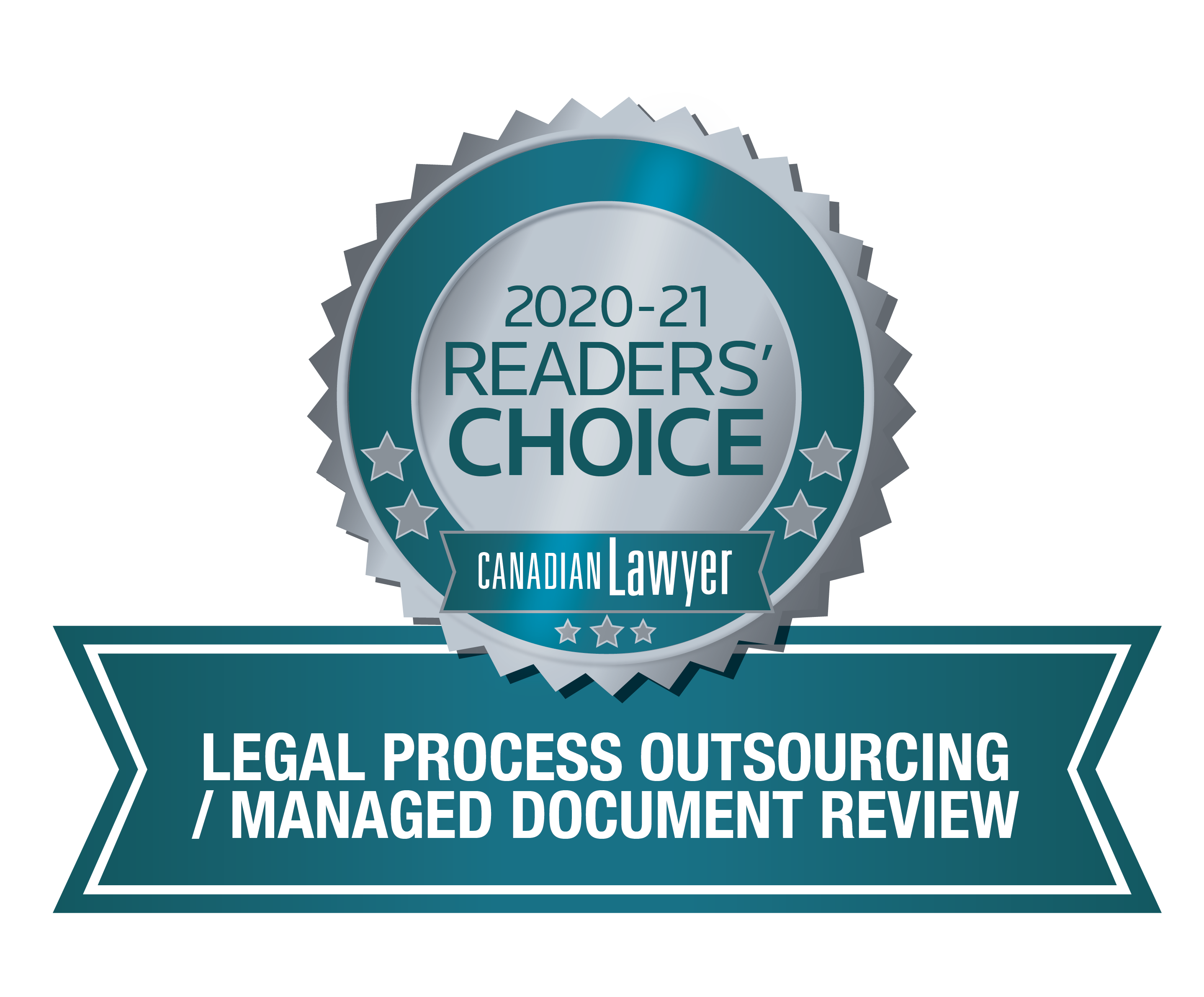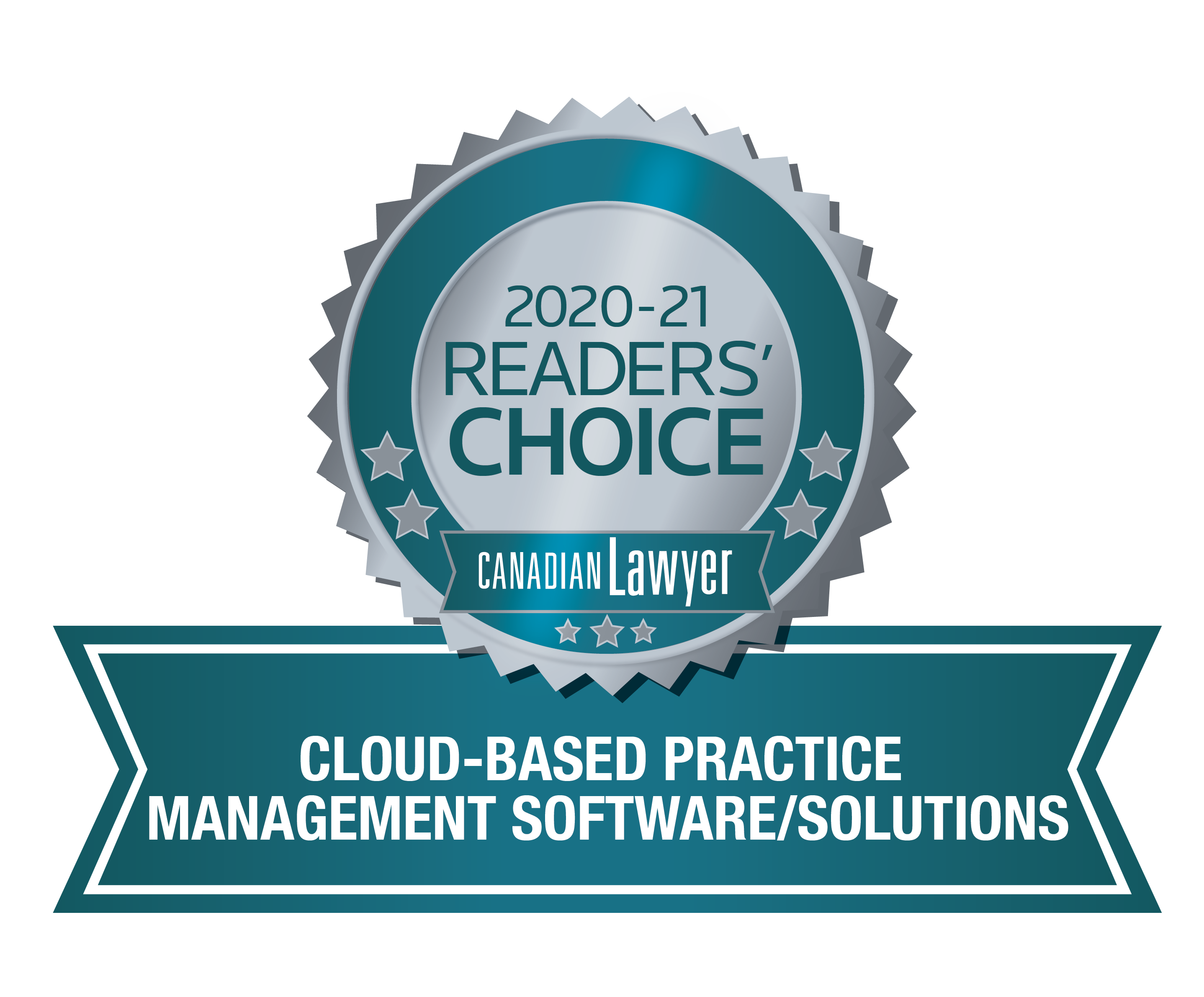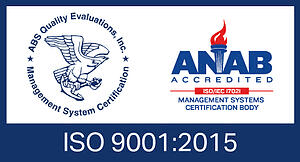
Myths, misconceptions, alternative facts... whatever you want to call them, these days they seem to have a way of working themselves into all facets of our lives, and the eDiscovery industry is no exception. Technology is constantly changing and evolving, and misinformation can lead even the most seasoned legal professional down the wrong path.
Here are six common myths about Technology-Assisted Review (TAR) that we'd like to dispel and uncover the truth once and for all.
Myth #1: TAR replaces the need for human review
The successful training of TAR is based directly on human substantive knowledge. The results of a TAR process will only be as good as the human(s) that train it; both substantive knowledge and technical skill are required to develop a robust, defensible TAR-based approach to your document review. A key component of such an approach is a partnership with a review provider with expertise in TAR and other advanced conceptual analytics tools.
Myth #2: TAR can be used on any document set
Unfortunately, there is no "easy button". To effectively utilize TAR, documents contained in your data-set need to be text-rich (i.e. have sufficient text from which the technology can draw concepts). Luckily, much of the data we produce, including emails, Word documents, PowerPoints, etc., is text-rich. However, there are likely going to be documents in your collection that are not suitable for TAR. These include spreadsheets, drawing files, images, or documents that are number-heavy or have very little-to-no text from which to draw concepts. An effective TAR review strategy must incorporate a plan to address those documents that are not eligible for TAR, as they will most likely require some form of traditional, manual review.
Myth #3: TAR will find all relevant/key documents at the outset
A successful TAR process will identify and categorize many of the relevant/key documents in your collection However, not all documents are suitable for TAR (see Myth #2, above) and not all documents in a TAR-based review will be able to be categorized by the technology as “likely relevant” or “likely not relevant”. These TAR uncategorizable documents will still require manual review by human reviewers to determine their relevance to your matter.
Myth #4: TAR is too new/untested/unaccepted to be defensible
TAR is a proven technology that has seen significant testing, support, and promotion from the legal industry world-wide. The courts in the U.S. and, most recently, in the U.K., have also accepted TAR as a defensible review approach. For example, in Da Silva Moore (2012) 1 the court stated that “while some lawyers still consider manual review the ‘gold standard’, that is a myth.”
Similarly in Pyrrho Investments (2016) 2 the court recognized TAR’s ability to deliver increased review consistency and accuracy: “[There] will be greater consistency in using the computer to apply the approach of a senior lawyer towards the initial sample (as refined) to the whole document set, than in using dozens, perhaps hundreds, of lower-grade fee-earners, each seeking independently to apply the relevant criteria in relation to individual documents.”
1 Da Silva Moore v. Publicis Groupe 306 F.R.D. 125 (S.D.N.Y. 2012)
2 Pyrrho Investments and another v MWB Property Ltd and others [2016] EWHC 256 (Ch)
Myth #5: Collections with fewer than 100,000 documents are too small to warrant the use of TAR
TAR and the review platforms that support this advanced analytics technology have come a long way since TAR first came to prominence. Even just a few years ago, it was inconceivable that TAR could be used as an effective review strategy on document sets of fewer than 100,000 documents. However, with our unsurpassed TAR review and technology expertise, Commonwealth Legal has successfully reviewed collections with as few as 30,000 documents utilizing TAR. This ability results in significant cost and time savings to our clients on matters they might think could not benefit from a TAR-based review approach.
Myth #6: The TAR Subject Matter Expert (SME) should be the Partner or Senior Associate on the file
When TAR first emerged, the prevailing notion was that the Partner or Senior Associate on the file who, having detailed substantive knowledge of the matter was the best person to act as SME and train TAR. However, experience has taught us that this is not necessarily so. The success of any TAR process is directly linked not only to an understanding of the matter, but also to a thorough understanding and the effective application of TAR technology. For example, selecting sufficient concept excerpts for categorization as well as allowing for dedicated time to ensure consistency of coding for TAR training and QC rounds are vital to achieving excellent results.
Still wondering if TAR is right for your matter? Click below to download our free guide and learn how TAR can help you reduce costs and increase efficiency on your next document review.









